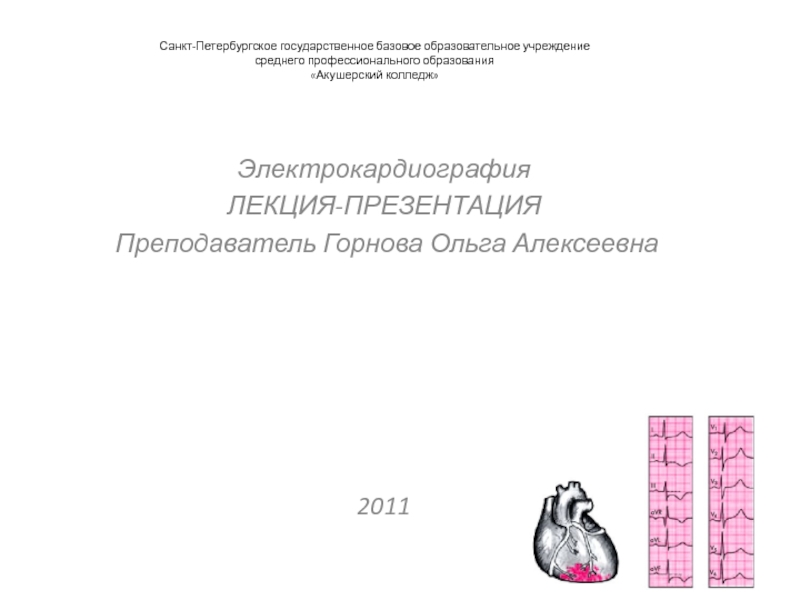Слайд 1Economies of scale and scope
http://www.economist.com/node/12446567
http://keydifferences.com/difference-between-economies-of-scale-and-economies-of-scope.html
Слайд 2Economies of scale
Economies of scale are factors that cause the
average cost of producing something to fall as the volume
of its output increases. Hence it might cost $3,000 to produce 100 copies of a magazine but only $4,000 to produce 1,000 copies. The average cost in this case has fallen from $30 to $4 a copy because the main elements of cost in producing a magazine (editorial and design) are unrelated to the number of magazines produced.
Economies of scale were the main drivers of corporate gigantism in the 20th century. They were fundamental to Henry Ford's revolutionary assembly line, and they continue to be the spur to many mergers and acquisitions today.
Слайд 3Two types of economies of scale
Internal. These are cost savings
that accrue to a firm regardless of the industry, market
or environment in which it operates.
External. These are economies that benefit a firm because of the way in which its industry is organised.
Слайд 4Internal economies of scale
Internal economies of scale arise in a
number of areas. For example, it is easier for large
firms to carry the overheads of sophisticated research and development (R&D). In the pharmaceuticals industry R&D is crucial. Yet the cost of discovering the next blockbuster drug is enormous and increasing. Several of the mergers between pharmaceuticals companies in recent years have been driven by the companies' desire to spread their R&D expenditure across a greater volume of sales.
Слайд 5Dark side
Economies of scale, however, have a dark side, called
diseconomies of scale. The larger an organisation becomes in order
to reap economies of scale, the more complex it has to be to manage and run such scale. This complexity incurs a cost, and eventually this cost may come to outweigh the savings gained from greater scale. In other words, economies of scale cannot be gleaned for ever.
Слайд 6Economies of scope
First cousins to economies of scale are economies
of scope, factors that make it cheaper to produce a
range of products together than to produce each one of them on its own. Such economies can come from businesses sharing centralised functions, such as finance or marketing. Or they can come from interrelationships elsewhere in the business process, such as cross-selling one product alongside another, or using the outputs of one business as the inputs of another.
Слайд 8Key Differences Between Economies of Scale and Economies of Scope
A
strategy used for cutting costs by increasing the volume of
units produced is known as Economies of Scale. Economies of Scope implies a technique to lower down the cost by producing multiple products with the same operations or inputs.
In economies of scale is implemented, the average cost of producing a product is reduced. On the other hand, economies of scope imply proportionate savings in the cost of producing multiple products.
In economies of scale, the firm gains cost effectiveness due to volume, whereas cost effectiveness in economies of scope is due to the varieties offered.
Economies of scale strategy are used by organisations since a long time. Conversely, Economies of Scope is a relatively new strategy.
Economies of scale involve product standardisation while economies of scope involve product diversification, using the same scale of the plant.
In economies of scale, a bigger plant is used to produce the large volume of output. As opposed to economies of scope, in which the same plant is used to manufacture distinct products.

Слайд 9Scope and scale example: Nienschanz company
1990 – reselling computers brough
from abroad
1994 – assembling own computers, buying parts abroad
1997 –
logistic chain to bring parts and accessoires, main business – wholesale parts, own assembly dies
1997 – same plus system integration and internet service provision
2000 – own production of parts and accessoires in China
2004 – other businesses (radiators, furniture, autoparts) based on the same logistic chain
2007 – own manufacturing (furniture, gas, water and electricity meters,….. )




























